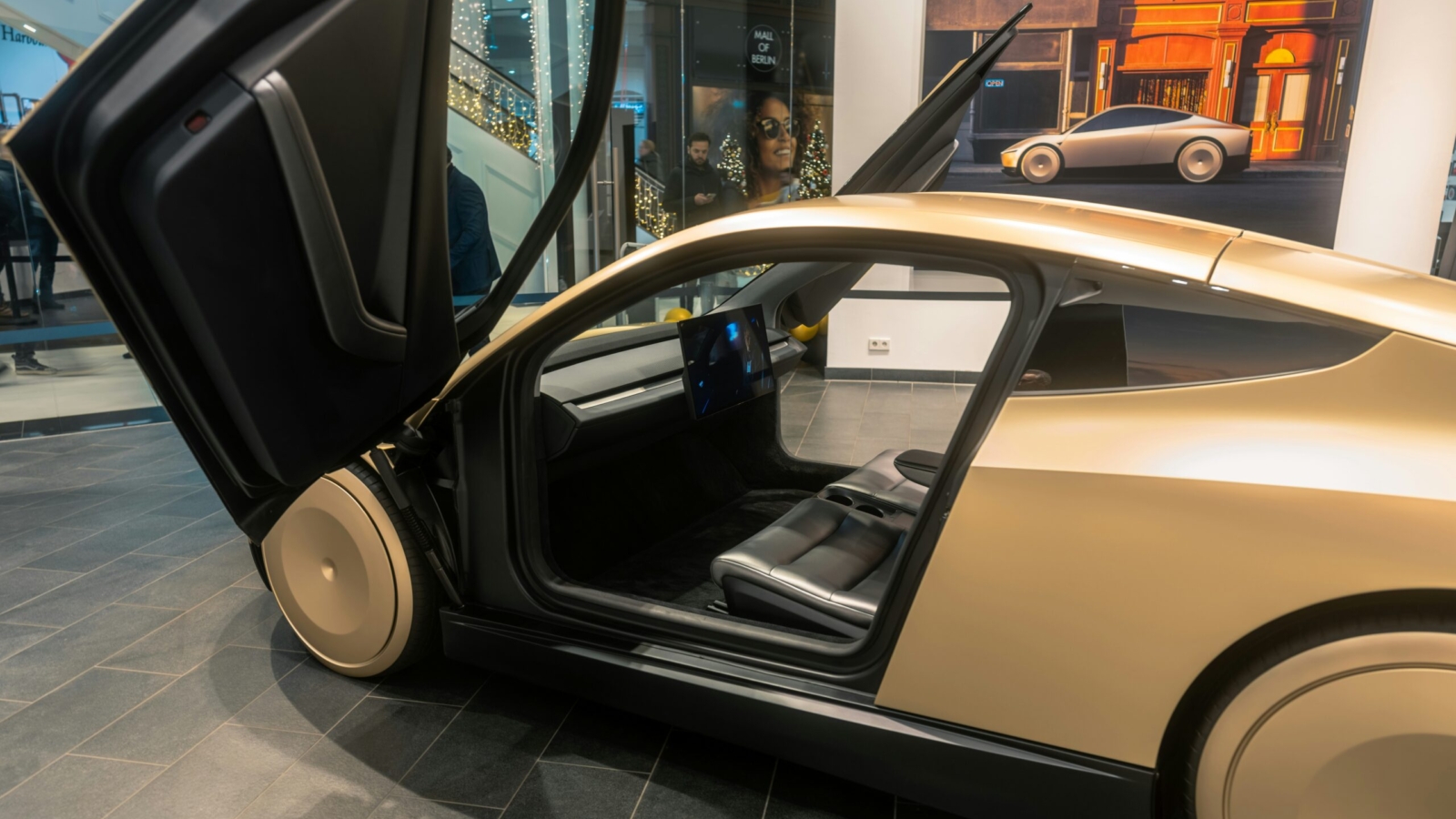Robotaxi services are expanding rapidly, bringing both opportunities and challenges to the ride-sharing industry. While these autonomous vehicles have faced obstacles—especially in cities like San Francisco—companies like Uber and Lyft are steadily improving their technology. Now, both ride-sharing giants appear to be moving toward replacing human drivers with AI-powered alternatives.
This shift could mark one of the first large-scale AI-driven job replacements, fundamentally altering the ride-sharing business model. By removing human drivers, Uber and Lyft would align revenue more directly with users, addressing a major issue in their current structure. However, this transition won’t resolve a deeper challenge shared by both ride-sharing and social media: a decoupled revenue model, where those funding the service (advertisers or riders) are prioritized over those powering it (content creators or drivers).
The Problem With Decoupled Revenue Models
Both social media and ride-sharing rely on an economic structure where the real customers are those who provide funding, rather than the people who actually make the service functional.
- Social Media: Advertisers finance platforms like Facebook and Instagram, yet users engage with content as if they are the primary customers. This dynamic leads platforms to prioritize ad revenue, often at the expense of user experience.
- Ride-Sharing: Companies like Uber and Lyft monetize car owners and drivers while considering them a cost of service rather than key stakeholders. Instead of viewing drivers as partners, these platforms focus on maximizing revenue from riders.
As a result, both industries risk alienating the very people who keep them running. A failure to recognize this disconnect has historically led to business mismanagement—such as executives undervaluing employees or service providers who drive core operations.
Will Robotaxis Fix or Disrupt Ride-Sharing?
Autonomous taxis could either enhance ride-sharing or create significant disruptions. If Uber and Lyft transition to AI-driven fleets, car owners who rely on these platforms for income will lose their ability to compete unless they operate their own self-driving vehicles—a costly and complex alternative. While this shift eliminates the challenge of treating drivers as a financial liability, it also raises questions about the economic impact on displaced workers.
Some ride-sharing companies have explored a hybrid model, allowing individuals to purchase and maintain autonomous vehicles while still earning revenue through the platform. This approach resembles a B&B-style ownership, but challenges like maintenance, insurance, and liability create additional barriers.
Moreover, the infrastructure for widespread autonomous vehicle operations is still developing. While robotaxis will likely be electric, the absence of automated charging stations presents a logistical challenge. Efficient robotic charging solutions or battery-swapping stations would be necessary for large-scale deployment. Given these hurdles, Uber and Lyft may opt to own and manage their robotaxi fleets, implementing dedicated charging hubs and optimizing vehicle availability based on demand fluctuations.
The Future of AI-Powered Ride-Sharing
For now, robotaxis are best suited for urban environments. Longer-distance trips may still require human drivers—at least until self-driving technology is approved for highways and intercity travel. The next phase of transportation may even involve integrating autonomous cars with air travel, particularly with the rise of VTOL (vertical take-off and landing) aircraft that could serve as a bridge between ground and aerial transport.
Some futuristic concepts even propose modular flying cars, where an autonomous vehicle could attach to a flying body for long-distance travel. However, safety concerns remain a major barrier to widespread adoption. Past flying car experiments, such as those involving modified Ford Pintos, ended in disaster, proving that seamless air-to-ground transitions require significant advancements in engineering and regulation.
What Happens to Displaced Ride-Share Drivers?
While robotaxis may enhance ride-sharing by aligning revenue with users, the fate of displaced Uber and Lyft drivers remains uncertain. One possible solution—currently explored by Tesla and other companies—is a remote intervention system where human operators guide autonomous vehicles during difficult situations. However, this would require significantly fewer workers, providing only temporary employment for a fraction of current drivers.
As AI-driven automation continues to replace traditional jobs, industries must address the long-term impact on workers. Simply retraining drivers for new roles is not a scalable solution, as the demand for AI trainers and other related positions will be much lower than the number of workers being displaced.
The Future of Ride-Sharing: Cheaper, Safer, and AI-Driven
For consumers, the rise of robotaxis will likely lead to lower costs, improved service, and enhanced safety. Passengers won’t need to worry about reckless drivers, distracted operators, or security concerns. While human-to-human interactions may decrease, AI-powered conversation systems could replace traditional driver interactions, providing an engaging and dynamic in-car experience.
Ultimately, robotaxis have the potential to revolutionize ride-sharing, but they also highlight the broader societal challenge of AI-driven job displacement. As these changes unfold, the industry must navigate the complexities of economic transition, workforce adaptation, and infrastructure development to create a sustainable future for transportation.

